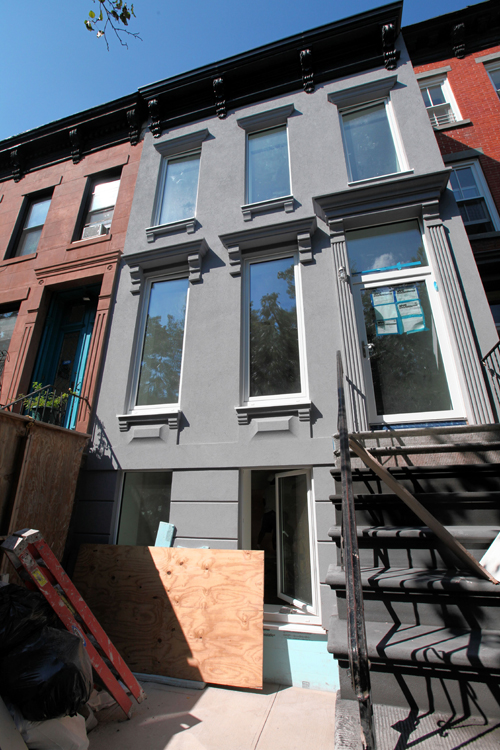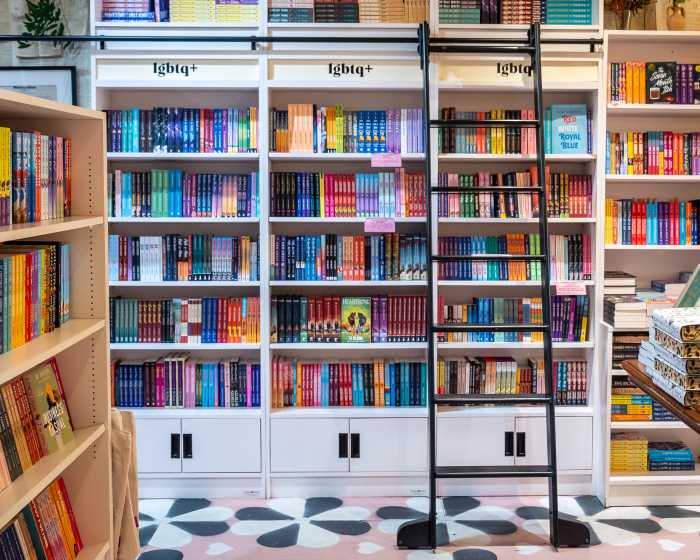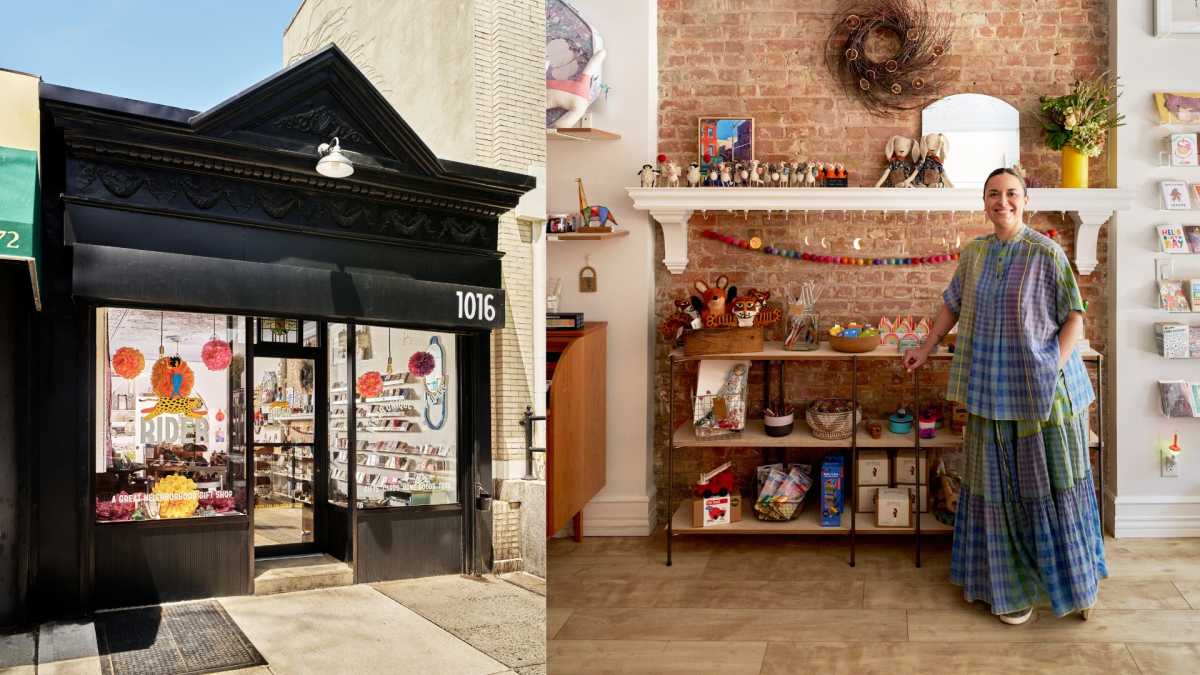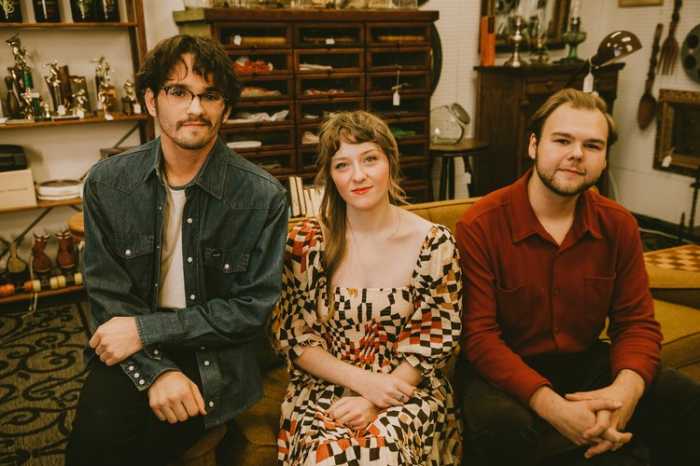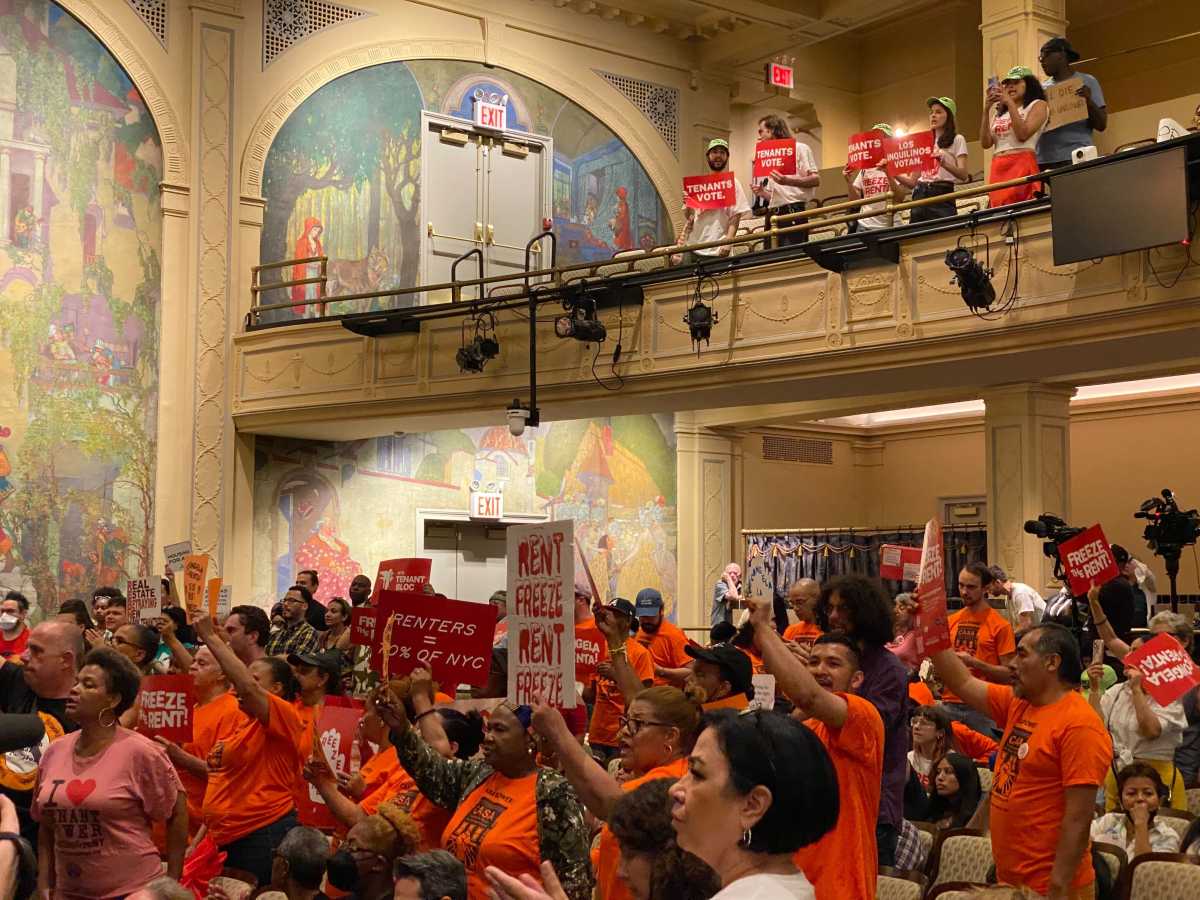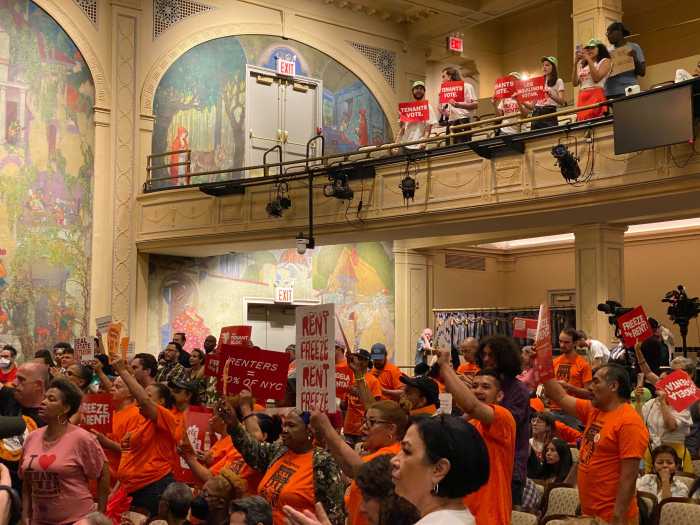It’s not brown and it’s not made of stone, but a foam-covered Park Place abode merges classic brownstone looks with green Park Slope sensibilities, according to its owner and designer.
Other than its gray hue, the newly renovated home near the corner of Fifth Avenue looks like a typical Slope row house from the outside — but the foam-sheathed edifice is actually the city’s first example of a new environmentally sound style of design intended to reduce energy consumption by nearly 70 percent.
“When we started the renovation, the actual brownstone face veneer was falling apart,” said Julie Torres Moscovitz, the Williamsburg-based architectural designer behind the project. “Rather than use epoxy and spend all this time fixing this thing that was destroyed, we went with this foam facade.”
“It looks just like a brownstone, but the cornice is fiberglass not wood — and it’s super energy efficient,” said Moscovitz, whose Fabrica718 firm oversaw the eco-friendly rehab of the building, dubbed “Tighthouse.”
At the behest of the property owner, Moscovitz retrofitted the home with an expanded polystyrene foam facade around its brick bones that helped it adhere to rigorous international standards for energy efficiency that qualify the home as a New York City’s first certified “passive house.”
The foam facade — coupled with a complete foam lining on the interior, solar panels, and methodically planned air ventilation — improves insulation and reduces heating needs alone by 90 percent, Moscovitz said.
Brownstones, which have brick interiors and facades made from a type of sandstone, have long been a status symbol in Brooklyn — but Moscovitz says the aging buildings are costly to repair and not particularly energy efficient.
The owner of the foamstone, a sculptor who purchased it in bad shape in 2009, said making the building as close to energy neutral as possible was his goal.
“From an environmental standpoint, there’s only so many resources in the world and from the financial side — I’m going to have almost no energy bill,” said the owner, who agreed to speak on the condition that only his first name, Justin, appears in this article.
Other environmental bells and whistles built into the house include eight exterior rainwater collection barrels, twelve solar panels for hot water and electricity needs, and thick triple-pane glass casement windows that open like doors.
There’s no gas service to the home — which Justin plans to move into with his wife and children at the end of the summer.
Despite its green amenities, some of the home’s architectural details have some design purists up in arms.
A group of commentators on the real estate blog Brownstoner lashed out against the foamstone’s windows, which don’t match the “double-hang” windows typical on brownstones.
Still, the owner says he’s got his eye on a bigger picture.
“Is the character of a neighborhood held up that when you knock on a building and it sounds like stone? Or is it held up by a building with quality and integrity that fits aesthetically and looks good?” he said. “We could have dug up more brownstone from the earth and spent resources bringing it here and energy for electric and natural gas, but there are more important questions than worrying about whether a brownstone is made of foam.”
Reach reporter Eli Rosenberg at erosenberg@cnglocal.com or by calling (718) 260-2531. And follow him at twitter.com/emrosenberg.



